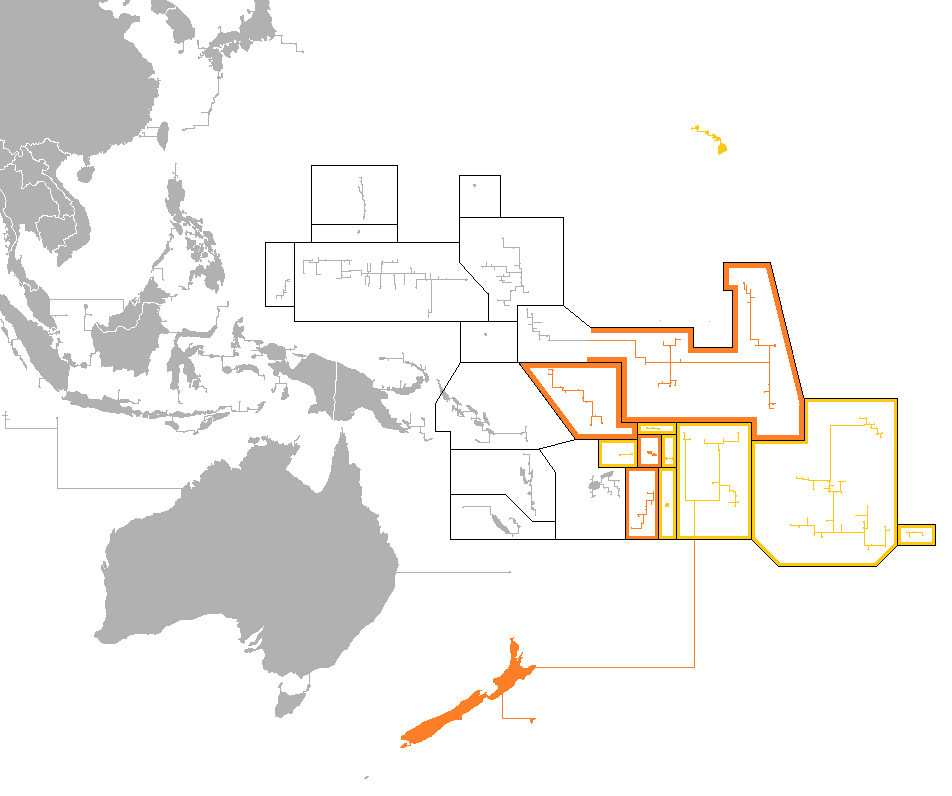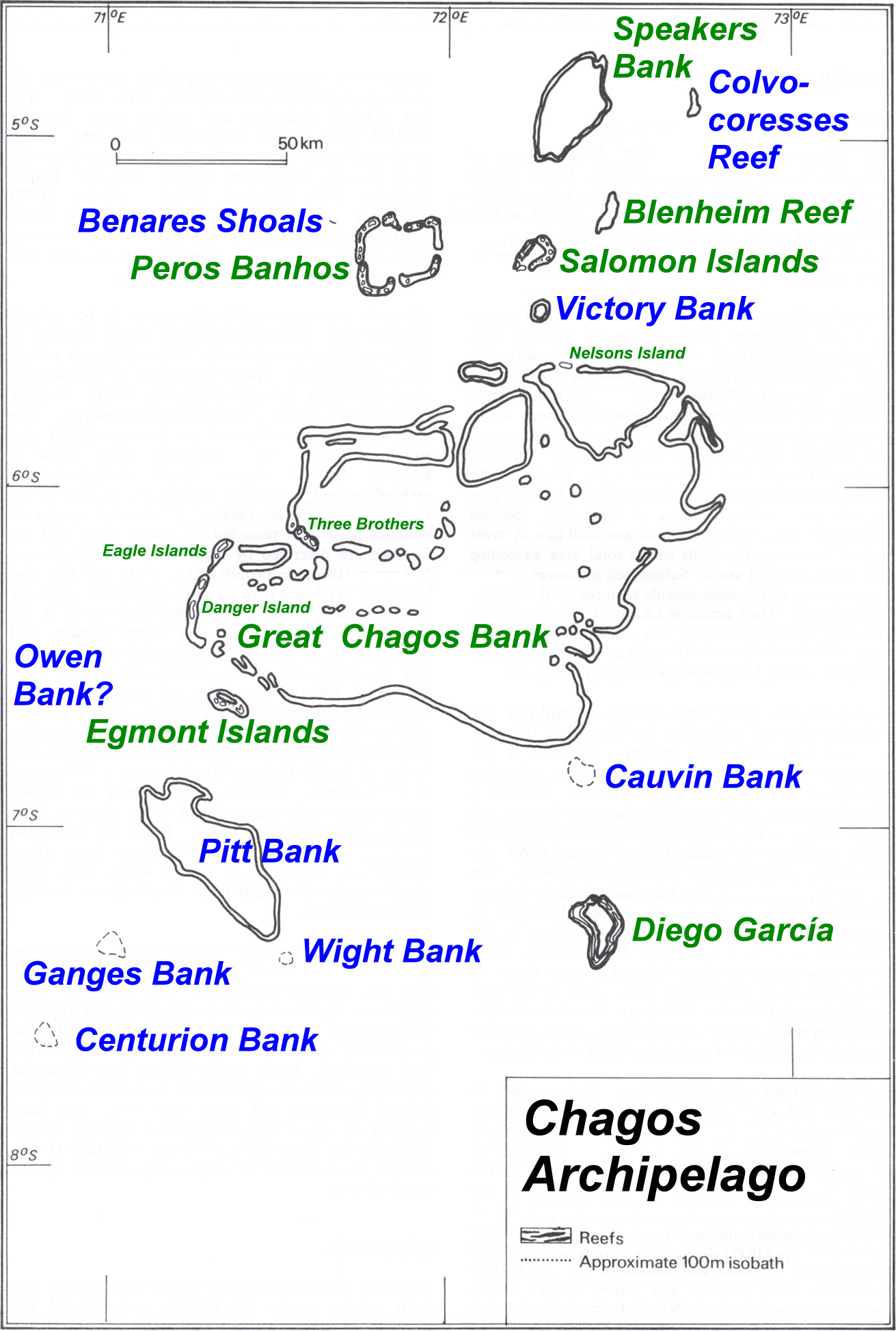|
Conus Eburneus
''Conus eburneus'', common name the ivory cone, is a species of sea snail, a marine gastropod mollusk in the family Conidae, the Conus, cone snails and their allies. Like all species within the genus ''Conus'', these snails are predatory and venomous. They are capable of stinging humans, therefore live ones should be handled carefully or not at all. There is one subspecies: ''Conus eburneus crassus'' G. B. Sowerby II, 1858 represented as ''Conus eburneus''. Description The size of an adult shell varies between 30 mm and 79 mm. The shell is white, usually with two or three light yellowish bands, marked with very dark brown revolving spots. Distribution This marine species is found in the tropical Indo-West Pacific from the coast of East Africa (off Madagascar and Chagos) to Australia (the Northern Territory, Queensland and Western Australia), Polynesia and the Ryukyu Islands (but not along Hawaii) References * Bruguière, M. 1792. ''Encyclopédie Méthodique ou par ... [...More Info...] [...Related Items...] OR: [Wikipedia] [Google] [Baidu] |
Gastropod Shell
The gastropod shell is part of the body of many gastropods, including snails, a kind of mollusc. The shell is an exoskeleton, which protects from predators, mechanical damage, and dehydration, but also serves for muscle attachment and calcium storage. Some gastropods appear shell-less (slugs) but may have a remnant within the mantle, or in some cases the shell is reduced such that the body cannot be retracted within it (semi-slug). Some snails also possess an operculum that seals the opening of the shell, known as the Aperture (mollusc), aperture, which provides further protection. The study of mollusc shells is known as conchology. The biological study of gastropods, and other molluscs in general, is malacology. Shell morphology terms vary by species group. Shell layers The gastropod shell has three major layers secreted by the Mantle (mollusc), mantle. The calcareous central layer, ostracum, is typically made of calcium carbonate (CaCO3) precipitated into an organic matrix ... [...More Info...] [...Related Items...] OR: [Wikipedia] [Google] [Baidu] |
Venomous
Venom or zootoxin is a type of toxin produced by an animal that is actively delivered through a wound by means of a bite, sting, or similar action. The toxin is delivered through a specially evolved ''venom apparatus'', such as fangs or a stinger, in a process called '' envenomation''. Venom is often distinguished from ''poison'', which is a toxin that is passively delivered by being ingested, inhaled, or absorbed through the skin, and '' toxungen'', which is actively transferred to the external surface of another animal via a physical delivery mechanism. Venom has evolved in terrestrial and marine environments and in a wide variety of animals: both predators and prey, and both vertebrates and invertebrates. Venoms kill through the action of at least four major classes of toxin, namely necrotoxins and cytotoxins, which kill cells; neurotoxins, which affect nervous systems; myotoxins, which damage muscles; and haemotoxins, which disrupt blood clotting. Venomous animals caus ... [...More Info...] [...Related Items...] OR: [Wikipedia] [Google] [Baidu] |
Polynesia
Polynesia ( , ) is a subregion of Oceania, made up of more than 1,000 islands scattered over the central and southern Pacific Ocean. The indigenous people who inhabit the islands of Polynesia are called Polynesians. They have many things in common, including Polynesian languages, linguistic relations, Polynesian culture, cultural practices, and Tradition, traditional beliefs. In centuries past, they had a strong shared tradition of sailing and Polynesian navigation, using stars to navigate at night. The term was first used in 1756 by the French writer Charles de Brosses, who originally applied it to all the list of islands in the Pacific Ocean, islands of the Pacific. In 1831, Jules Dumont d'Urville proposed a narrower definition during a lecture at the Société de Géographie of Paris. By tradition, the islands located in the South Seas, southern Pacific have also often been called the South Sea Islands, and their inhabitants have been called South Sea Islanders. The Hawai ... [...More Info...] [...Related Items...] OR: [Wikipedia] [Google] [Baidu] |
Australia
Australia, officially the Commonwealth of Australia, is a country comprising mainland Australia, the mainland of the Australia (continent), Australian continent, the island of Tasmania and list of islands of Australia, numerous smaller islands. It has a total area of , making it the list of countries and dependencies by area, sixth-largest country in the world and the largest in Oceania. Australia is the world's flattest and driest inhabited continent. It is a megadiverse countries, megadiverse country, and its size gives it a wide variety of landscapes and Climate of Australia, climates including deserts of Australia, deserts in the Outback, interior and forests of Australia, tropical rainforests along the Eastern states of Australia, coast. The ancestors of Aboriginal Australians began arriving from south-east Asia 50,000 to 65,000 years ago, during the Last Glacial Period, last glacial period. By the time of British settlement, Aboriginal Australians spoke 250 distinct l ... [...More Info...] [...Related Items...] OR: [Wikipedia] [Google] [Baidu] |
Chagos
The Chagos Archipelago (, ) or Chagos Islands (formerly , and later the Oil Islands) is a group of seven atolls comprising more than 60 islands in the Indian Ocean about south of the Maldives archipelago. This chain of islands is the southernmost archipelago of the Chagos–Laccadive Ridge, a long submarine mountain range in the Indian Ocean. In its north are the Salomon Islands, Nelsons Island and Peros Banhos; towards its south-west are the Three Brothers, Eagle Islands, Egmont Islands and Danger Island; southeast of these is Diego Garcia, by far the largest island. All are low-lying atolls, save for a few extremely small instances, set around lagoons. From 1715 to 1810, the Chagos Islands were part of France's Indian Ocean possessions, administered through Isle de Francewhich was a colony of France (later renamed as Mauritius). Under the Treaty of Paris in 1814, France ceded and the Chagos Islands to the United Kingdom. In 1965, the United Kingdom split its ad ... [...More Info...] [...Related Items...] OR: [Wikipedia] [Google] [Baidu] |
Madagascar
Madagascar, officially the Republic of Madagascar, is an island country that includes the island of Madagascar and numerous smaller peripheral islands. Lying off the southeastern coast of Africa, it is the world's List of islands by area, fourth largest island, the List of island countries, second-largest island country, and the List of countries and dependencies by area, 46th largest country overall. Its capital and List of cities in Madagascar, largest city is Antananarivo. Following the prehistoric breakup of the supercontinent Gondwana, Madagascar split from Africa during the Early Jurassic period, around 180 million years ago, and separated from the Indian subcontinent approximately 90 million years ago. This isolation allowed native plants and animals to evolve in relative seclusion; as a result, Madagascar is a biodiversity hotspot and one of the world's 17 megadiverse countries, with over 90% of its wildlife of Madagascar, wildlife being endemic. The island has ... [...More Info...] [...Related Items...] OR: [Wikipedia] [Google] [Baidu] |
East Africa
East Africa, also known as Eastern Africa or the East of Africa, is a region at the eastern edge of the Africa, African continent, distinguished by its unique geographical, historical, and cultural landscape. Defined in varying scopes, the region is recognized in the United Nations Statistics Division United Nations geoscheme for Africa, scheme as encompassing 18 sovereign states and 4 territories. It includes the Horn of Africa to the North and Southeastern Africa to the south. Definitions In a narrow sense, particularly in English-speaking contexts, East Africa refers to the area comprising Kenya, Tanzania, and Uganda, largely due to their shared history under the Omani Empire and as parts of the British East Africa Protectorate and German East Africa. Further extending East Africa's definition, the Horn of Africa—comprising Djibouti, Eritrea, Ethiopia, and Somalia—stands out as a distinct geopolitical entity within East Africa.Robert Stock, ''Africa South of the Sahara, ... [...More Info...] [...Related Items...] OR: [Wikipedia] [Google] [Baidu] |
Stinging
Sting may refer to: * Stinger or sting, a structure of an animal to inject venom, or the injury produced by a stinger * Irritating hairs or prickles of a stinging plant, or the plant itself Fictional characters and entities * Sting (Middle-earth), a fictional sword in J. R. R. Tolkien's ''The Hobbit'' and ''The Lord of the Rings'' * Sting Oakley, a character in ''Gundam Seed Destiny'' * Peter Stanchek (comics), a character nicknamed "Sting" in the Valiant Comics universe * Trixie Sting, a character in the TV series ''Slugterra'' * Kamen Rider Sting, a character in the TV series '' Kamen Rider Dragon Knight'' * Sting (film), a 2024 horror movie Music * Sting (musical phrase), a short sequence of music used in films and TV as a form of punctuation * Sting (percussion), a brief burst of percussion to punctuate a joke * ''Sting'' (EP), 2016, by Stellar * ''Stings'' (album), 2023, by Kamaal Williams * "Sting" (Eric Saade song), 2015 * "Sting" (Fletcher song), 2022 * "Sting" ... [...More Info...] [...Related Items...] OR: [Wikipedia] [Google] [Baidu] |
Predatory
Predation is a biological interaction in which one organism, the predator, kills and eats another organism, its prey. It is one of a family of common feeding behaviours that includes parasitism and micropredation (which usually do not kill the host) and parasitoidism (which always does, eventually). It is distinct from scavenging on dead prey, though many predators also scavenge; it overlaps with herbivory, as seed predators and destructive frugivores are predators. Predation behavior varies significantly depending on the organism. Many predators, especially carnivores, have evolved distinct hunting strategies. Pursuit predation involves the active search for and pursuit of prey, whilst ambush predators instead wait for prey to present an opportunity for capture, and often use stealth or aggressive mimicry. Other predators are opportunistic or omnivorous and only practice predation occasionally. Most obligate carnivores are specialized for hunting. They may have ac ... [...More Info...] [...Related Items...] OR: [Wikipedia] [Google] [Baidu] |
Common Name
In biology, a common name of a taxon or organism (also known as a vernacular name, English name, colloquial name, country name, popular name, or farmer's name) is a name that is based on the normal language of everyday life; and is often contrasted with the scientific name for the same organism, which is often based in Latin. A common name is sometimes frequently used, but that is not always the case. In chemistry, IUPAC defines a common name as one that, although it unambiguously defines a chemical, does not follow the current systematic naming convention, such as acetone, systematically 2-propanone, while a vernacular name describes one used in a lab, trade or industry that does not unambiguously describe a single chemical, such as copper sulfate, which may refer to either copper(I) sulfate or copper(II) sulfate. Sometimes common names are created by authorities on one particular subject, in an attempt to make it possible for members of the general public (including s ... [...More Info...] [...Related Items...] OR: [Wikipedia] [Google] [Baidu] |
Conus
''Conus'' is a genus of venomous and predatory cone snails.Bouchet, P.; Gofas, S. (2015). Conus Linnaeus, 1758. In: MolluscaBase (2015). Accessed through: World Register of Marine Species at http://www.marinespecies.org/aphia.php?p=taxdetails&id=137813 on 2015-11-12 Prior to 2009, it included all cone snail species but is now more precisely defined. Description The thick shell of species in the genus ''Conus'' sensu stricto, is obconic, with the Whorl (mollusc), whorls enrolled upon themselves. The spire is short, smooth or tuberculated. The narrow Aperture (mollusc), aperture is elongated with parallel margins and is truncated at the base. The Operculum (gastropod), operculum is very small relative to the size of the shell. It is corneous, narrowly elongated, with an apical nucleus, and the impression of the Skeletal muscle, muscular attachment varies from one-half to two-thirds of the inner surface. The outer lip shows a slight sutural sinus. Distribution and habitat Species ... [...More Info...] [...Related Items...] OR: [Wikipedia] [Google] [Baidu] |




